 Back to the Be Inspired Blog
Back to the Be Inspired Blog
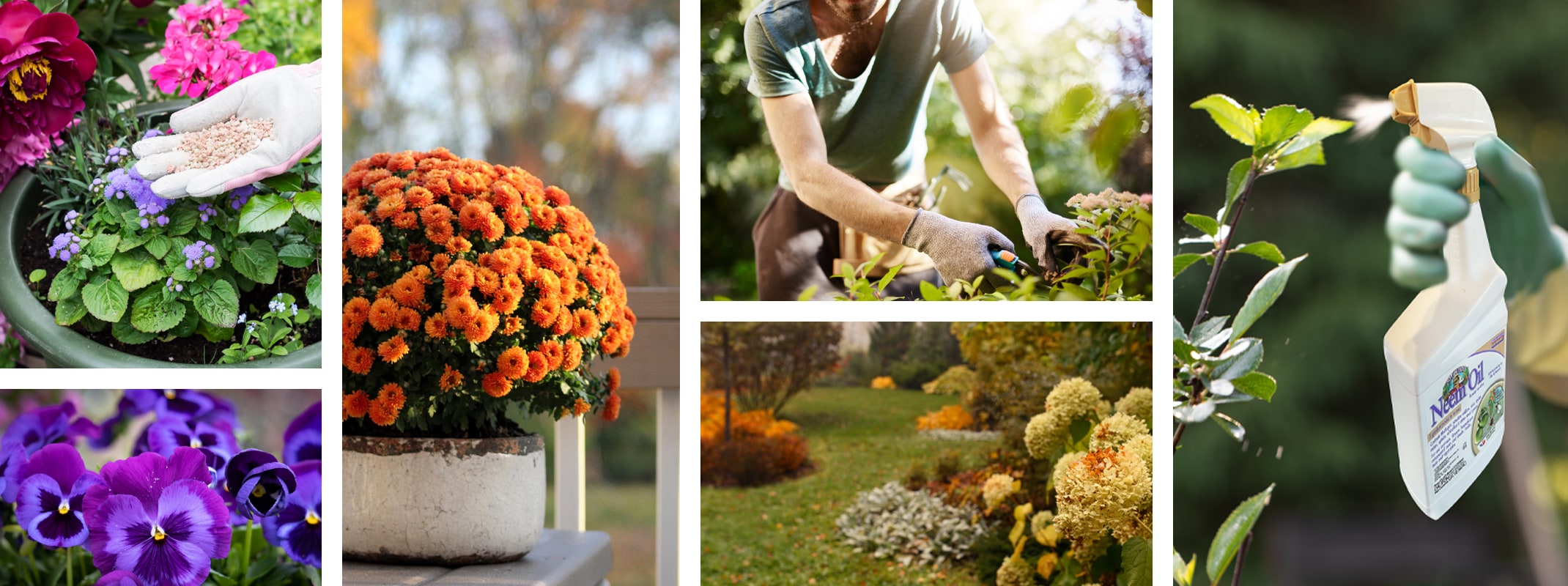
Prep Your Garden for the Fall Growing Season and Winter Months
In the Bay Area, mid-to-late September is key for prepping your garden for the cool, productive fall season. As warm days linger and nights cool, it's the perfect time to fertilize, plant, and follow these 10 steps for a successful end-of-summer garden cleanup.
The Importance of Fertilizing in the Fall
Timing is Everything: 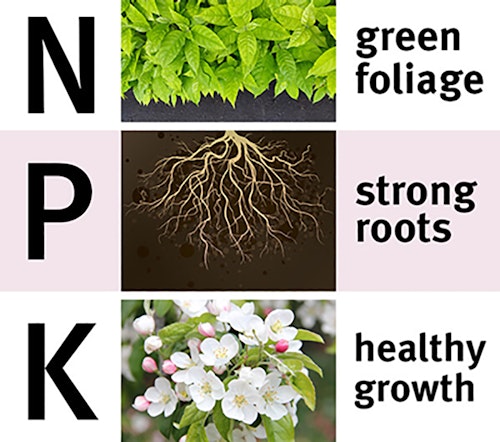 By mid-to-late September, the intense summer heat is behind us, and cooler temperatures prevail, particularly during the evenings. Fertilizing at this time will ensure that your plants are well-prepared to thrive in the mild, often rainy fall, one of the best growing seasons in the Bay Area.
By mid-to-late September, the intense summer heat is behind us, and cooler temperatures prevail, particularly during the evenings. Fertilizing at this time will ensure that your plants are well-prepared to thrive in the mild, often rainy fall, one of the best growing seasons in the Bay Area.
New Growth: If your garden is experiencing new growth, fertilizing now will support your beautiful garden as the weather cools, giving your plants a jump on fall and helping them take advantage of favorable conditions such as moist soil from early rains.
Recovery from Summer Stress: Although the Bay Area’s summer is not as severe as other parts of California, plants may still experience stress due to sun exposure and dry conditions. Fertilizing in September replenishes essential nutrients lost during summer and supports overall plant recovery.
Nutrient Depletion: Even with the cooler Bay Area climate, frequent watering during the summer months can deplete our soil's nutrients. When you fertilize now, it will restore the balance of nutrients, ensuring that your plants have what they need to thrive as fall progresses.
Deter Pests and Diseases: Well-fertilized plants are stronger and more resistant to pests and diseases, which can still be active in the Bay Area during the fall. Strengthening your plants now protects them from the typical moisture-related issues of the season, such as fungal diseases.
- Additional Tips: Check for pest outbreaks and consider releasing beneficial insects like ladybugs or
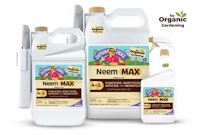 lacewings to keep pest populations under control. Powdery mildew is common in the cooler fall weather, so watch for signs and treat early with Bonide's Neem Oil to prevent it from spreading.
lacewings to keep pest populations under control. Powdery mildew is common in the cooler fall weather, so watch for signs and treat early with Bonide's Neem Oil to prevent it from spreading.
Planting in the Fall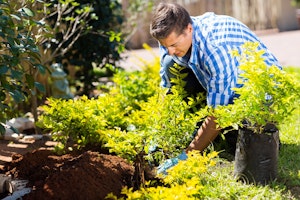
While spring brings new growth and possibilities for your garden, fall truly is the ideal time to plant new perennials, trees, and shrubs in your California landscape. It’s all about the roots! When you plant in the fall, your soil is still warm – and as the cooler months set in, plants' root structures are encouraged to become stronger, ensuring a beautiful and healthy spring and summer. Fall is also a great time to plant your cool-season vegetables like broccoli, kale, and lettuce.
For the importance of planting in the fall: Watch Now!
End-of-Summer Garden Cleanup: 10 Steps to a Happy Fall Garden
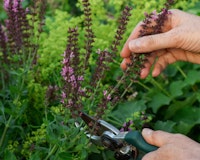 1. Remove Dead and Damaged Plants:
1. Remove Dead and Damaged Plants:
After the summer months, some plants may be spent or damaged. Removing spent plants or damage keeps your garden clean and reduces the risk of pests and diseases that can thrive in decaying plant material.
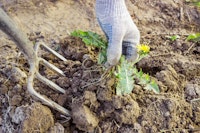 2. Weed Control:
2. Weed Control:
Weeding your garden in September ensures that nutrients go directly to your plants and not to unwanted invaders. Early fall is an excellent time to get ahead of weeds before they take root in the cooler, wetter months.
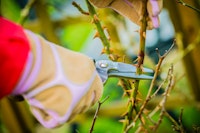 3. Pruning:
3. Pruning:
Light pruning of overgrown or leggy plants stimulates new growth and ensures your plants enter the fall season with a strong, healthy structure.
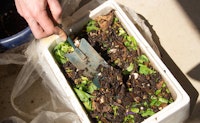 4. Composting:
4. Composting:
As you clean up your garden, consider creating a compost pile using the dead plant material and organic waste. This can provide you with nutrient-rich compost for future use, reducing the need for store-bought fertilizers and helping improve your soil long term.
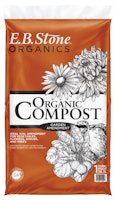 5. Soil Health:
5. Soil Health:
Along with fertilizing, add organic matter! A layer of compost and/or manure will not only replenish nutrients but also adds organic matter, which improves soil structure and moisture retention—critical for supporting plant health as cooler weather and rain approaches.
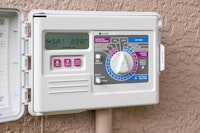 6. Adjust Watering:
6. Adjust Watering:
As the weather cools, it’s important to adjust your irrigation timers and start reducing watering frequency. This prevents overwatering as fall rains become more common, ensuring your plants receive just the right amount of water.
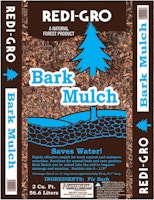 7. Mulching and Frost Protection:
7. Mulching and Frost Protection:
Applying a fresh layer of mulch helps regulate soil temperature and moisture, especially as nighttime temperatures drop. In areas that experience colder nights, consider protecting more delicate plants with frost covers or moving them indoors to prevent frost damage.
 8. Tools and Equipment Check:
8. Tools and Equipment Check:
Take this opportunity to inspect your garden tools, hoses, and irrigation systems to ensure everything is in good working order before the fall rains arrive. This helps avoid any last-minute equipment failures and ensures you’re ready for fall planting and maintenance.
 9. Container Gardening:
9. Container Gardening:
If you have a container garden, fall is a good time to swap out summer plants for fall-friendly varieties. Consider cool-season vegetables or colorful fall annuals that thrive in cooler temperatures. Refreshing your containers for the fall season ensures they stay vibrant and productive through the cooler months.
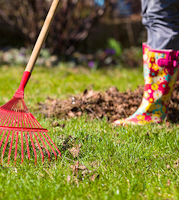 10. Enhancing Garden Aesthetics:
10. Enhancing Garden Aesthetics:
Tidy up your garden by removing spent flowers and foliage, as well as pruned clippings. This will refresh and enhance the overall look of your garden and will discourage pests and diseases that can take advantage of unkempt gardens.
Visit your local SummerWinds Nursery to find fertilizers, compost, and soil amendments that are well-suited to the Bay Area’s unique climate and soil types. Organic options are often best for supporting long-term soil health and sustainability.

